
Introducing the USB Type-C certification process
Recently, many customers have encounteRED issues with shipments to the U.S. being detained by customs for inspection and identified as infringing products. Typically, customs require the exporter to provide authorization from the USB Trademark holder, known as the TID Number authorization.
Type-C Certification
With major brands adopting the Type-C interface, related products now constitute a significant portion of the consumer electronics market. Here are the details on how to obtain Type-C certification and the approximate costs involved.
USB Trademark Usage
Type-C is part of the USB Association family. The USB Association has evolved from USB 1.0 to USB 3.1, each with distinct authorized logos. USB imposes clear requirements on the packaging, promotional materials, and advertising of products to ensure consistent terminology and imagery, avoiding any consumer confusion.
Becoming a USB-IF Member
Manufacturers must become members of USB-IF (USB Implementers Forum) to produce USB products. This involves applying, signing an agreement, and paying an annual fee. Membership details can be found on www.usb.org. For USB cable assembly certification, samples must be tested, and the USB membership number and UL2725 certification for the cable must be provided. Upon successful testing, a TID Number is issued.
USB IF Product Certification Projects
Wire part:

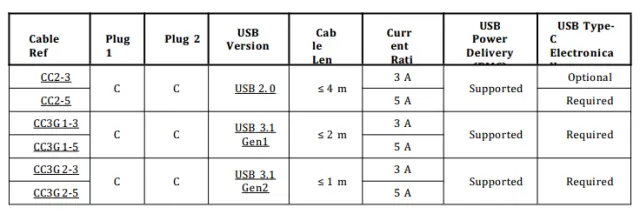

Cable Components:
- USB2.0 Type-C Plug (12 pin)
- USB Full-Featured Type-C Plug (22 pin)
- USB Type-C Receptacle
- USB Type-C Receptacle + C-Plug (22 pin)
Note: Type-C is not synonymous with USB 3.1. While Type-C cables and connectors supplement USB 3.1, they do not inherently support USB 3.1 standards or USB Power Delivery unless specified by the manufacturer.
USB Logo Usage
In addition to graphic symbols, the USB Association has introduced text identifiers “USB Type-C” and “USB-C,” which must be used only on products meeting the Type-C cable and connector specifications. These trademarks must be included on all materials, and cannot be translated into languages other than English.
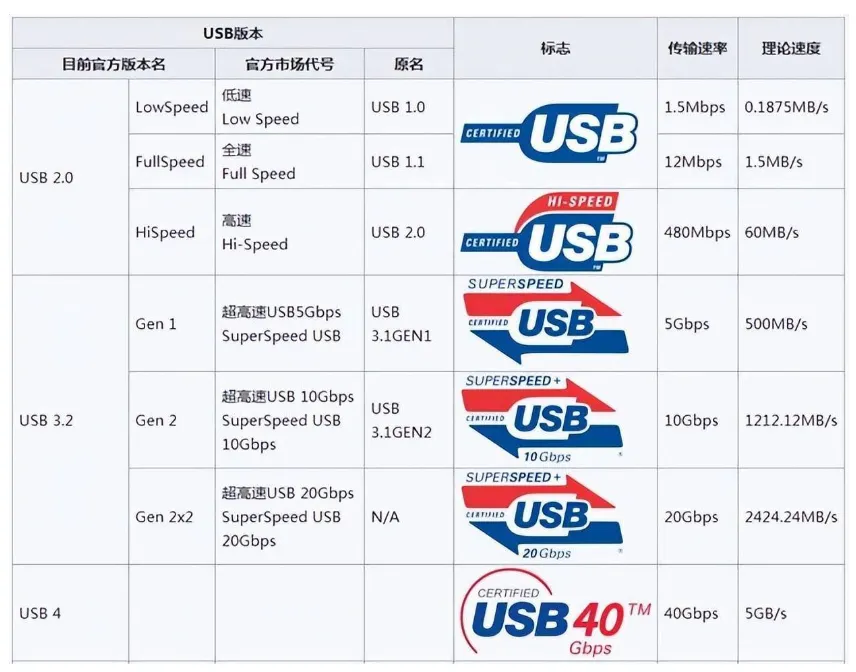
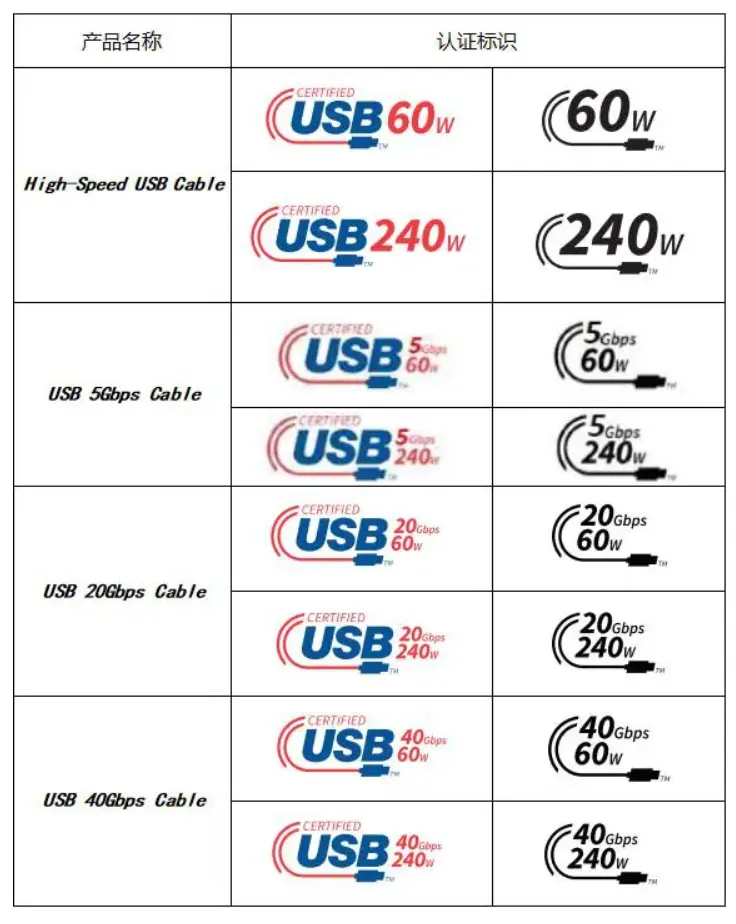
USB IF Product Certification Process
1. Contact the Chinese JJR laboratory for certification testing.
2. Prepare samples and documentation.
3. Document review.
4. Pre-testing.
5. If pre-testing passes, proceed to formal testing. If it fails, analyze and resolve issues before re-entering the application process.
6. Formal testing.
7. Submit test reports to USB-IF for review. If formal testing fails, revise documentation and reapply starting from step 3 until successful.
8. USB-IF publishes the TID.
Key Points for USB IF Product Certification
Applying for a TID:
- Existing USB IF Members: Complete the Connector Product Registration Form and submit to USB IF to obtain a TID Number.
- Non-Members: Download and fill out the USB IF Implementers Forum form from www.usb.org, submit it to the USB Association, and pay the annual fee. After receiving a VID Number, apply for the product TID.
Certification Sample Preparation
- Required connectors include:
- USB Full-Featured Type-C Plug/Receptacle
- USB 2.0 Type-C Plug/Receptacle
- Type-C Power Only Plug
- Types of receptacles: on-board, under-board, on and under-board, embedded board, upright type.
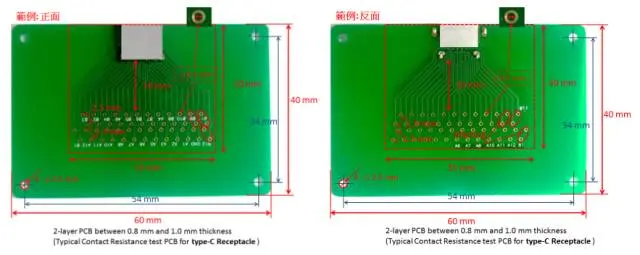
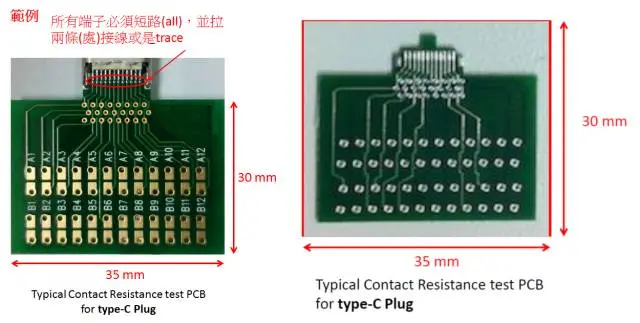
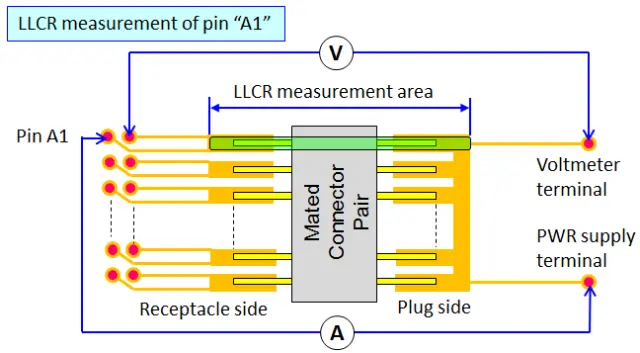
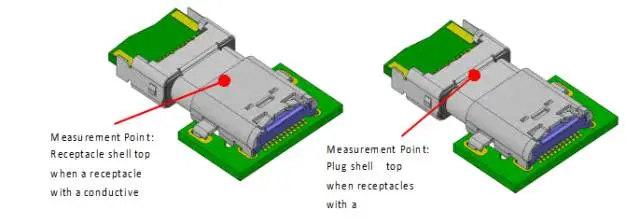

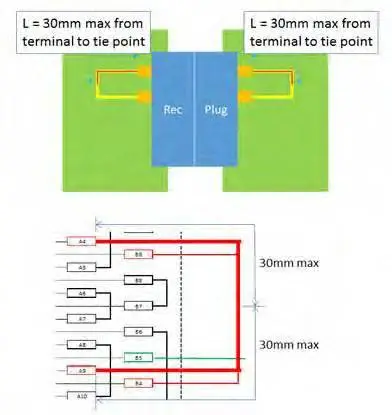

Testing Requirements:
- Samples for four-axis, torque, resistance measurement.
- Heat rise board sample requirements.
- Copper foil requirements for heat rise boards.
- Current Rating Test Fixture Trace Configuration: VBUS Trace Length limited to 30 mm max.
Finished Product Sample Requirements:
- Pins should follow Full Featured pinout.
- E-Mark is not required.
- Ensure the strength of the shielding shell.
- The dimensions of the outer mold and exposed parts must comply with USB IF requirements.
Documentation Preparation:
- Manufacturer's VID Number.
- Engineering drawings of the connectors (Plug and Receptacle) with key dimensions clearly marked.
Vendor Identification Costs:
To obtain a Vendor ID from USB-IF:
1. Members: Pay an annual fee of US$4,000 to get a free Vendor ID.
2. Non-Members: Pay US$5,000 for a Vendor ID, plus an additional US$3,500 for USB logo usage rights for two years.
Benefits of USB-IF Membership:
1. Free Vendor ID.
2. Increased visibility for certified products and company information on the USB-IF website.
3. Access to the latest USB specifications.
4. Eligibility to participate in Device Working Groups.
5. Attendance at developer conferences and related seminars.
6. Participation in major global exhibitions organized by USB-IF.
Email:hello@jjrlab.com
Write your message here and send it to us
 What Are the Battery Compliance Test Reports?
What Are the Battery Compliance Test Reports?
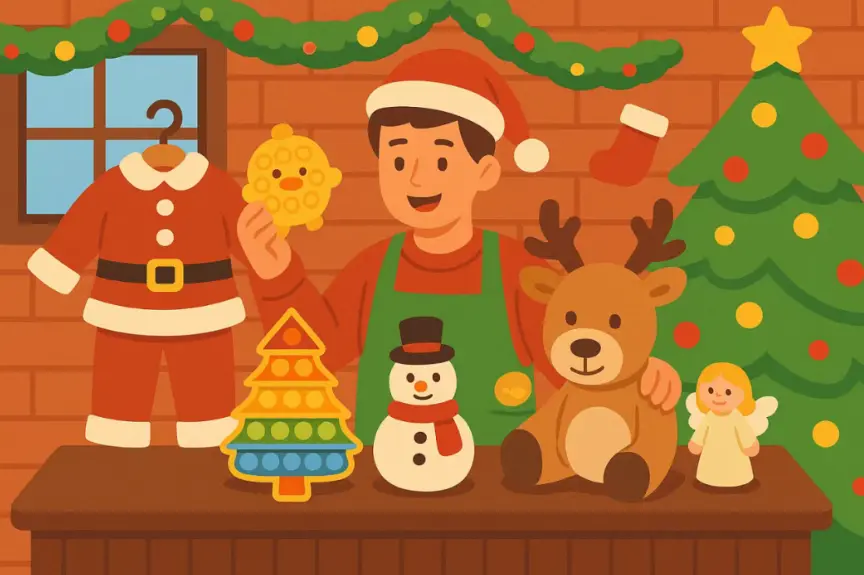 Christmas Children’s Products EU & US Complian
Christmas Children’s Products EU & US Complian
 Food Packaging Material Testing
Food Packaging Material Testing
 Cosmetic Product Safety Report
Cosmetic Product Safety Report
 What is Prop 65 Warning?
What is Prop 65 Warning?
 Does RoHS Apply to Packaging?
Does RoHS Apply to Packaging?
 How to Get RoHS Compliance?
How to Get RoHS Compliance?
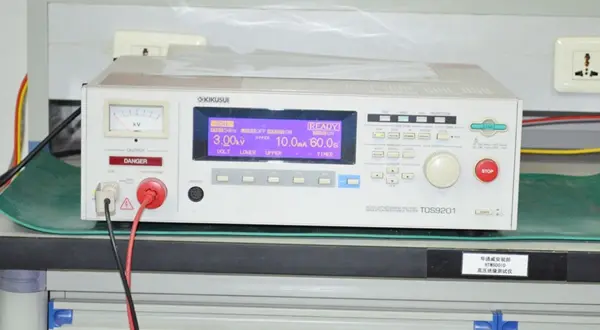 How to get EN 62368-1 Test Report
How to get EN 62368-1 Test Report
Leave us a message
24-hour online customer service at any time to respond, so that you worry!




